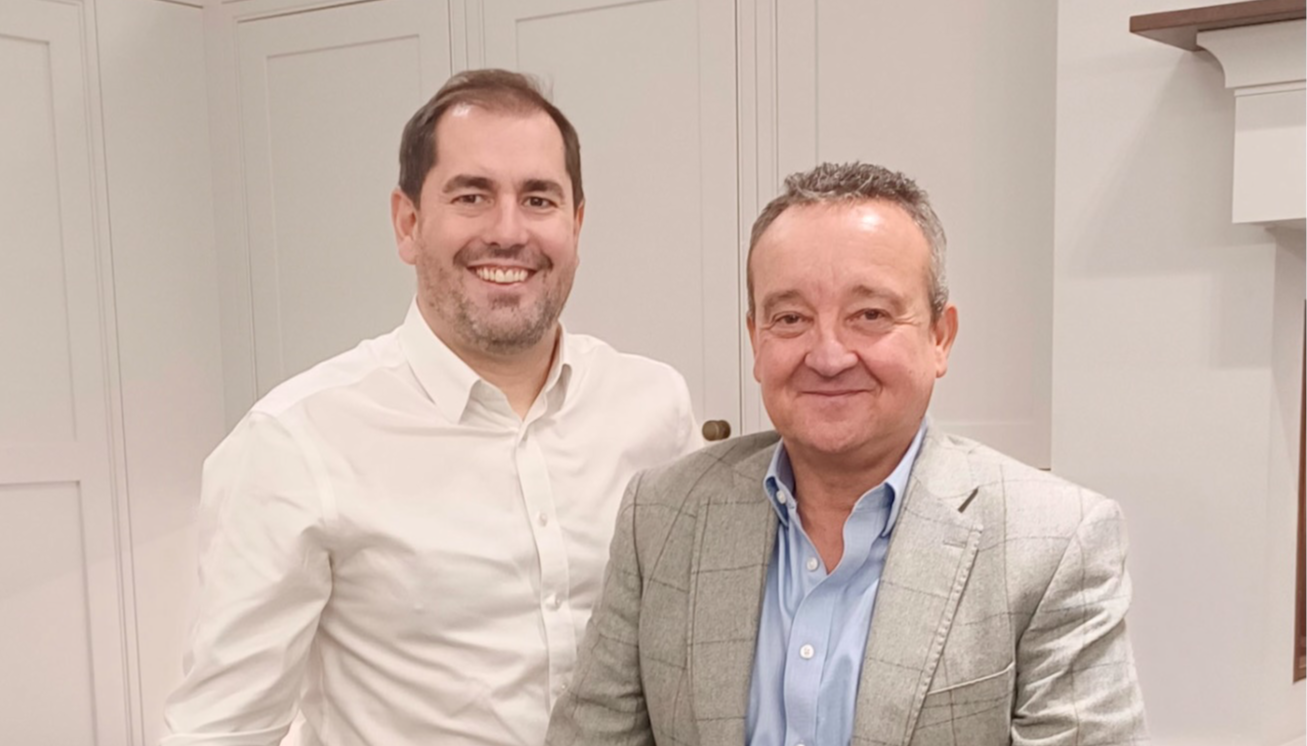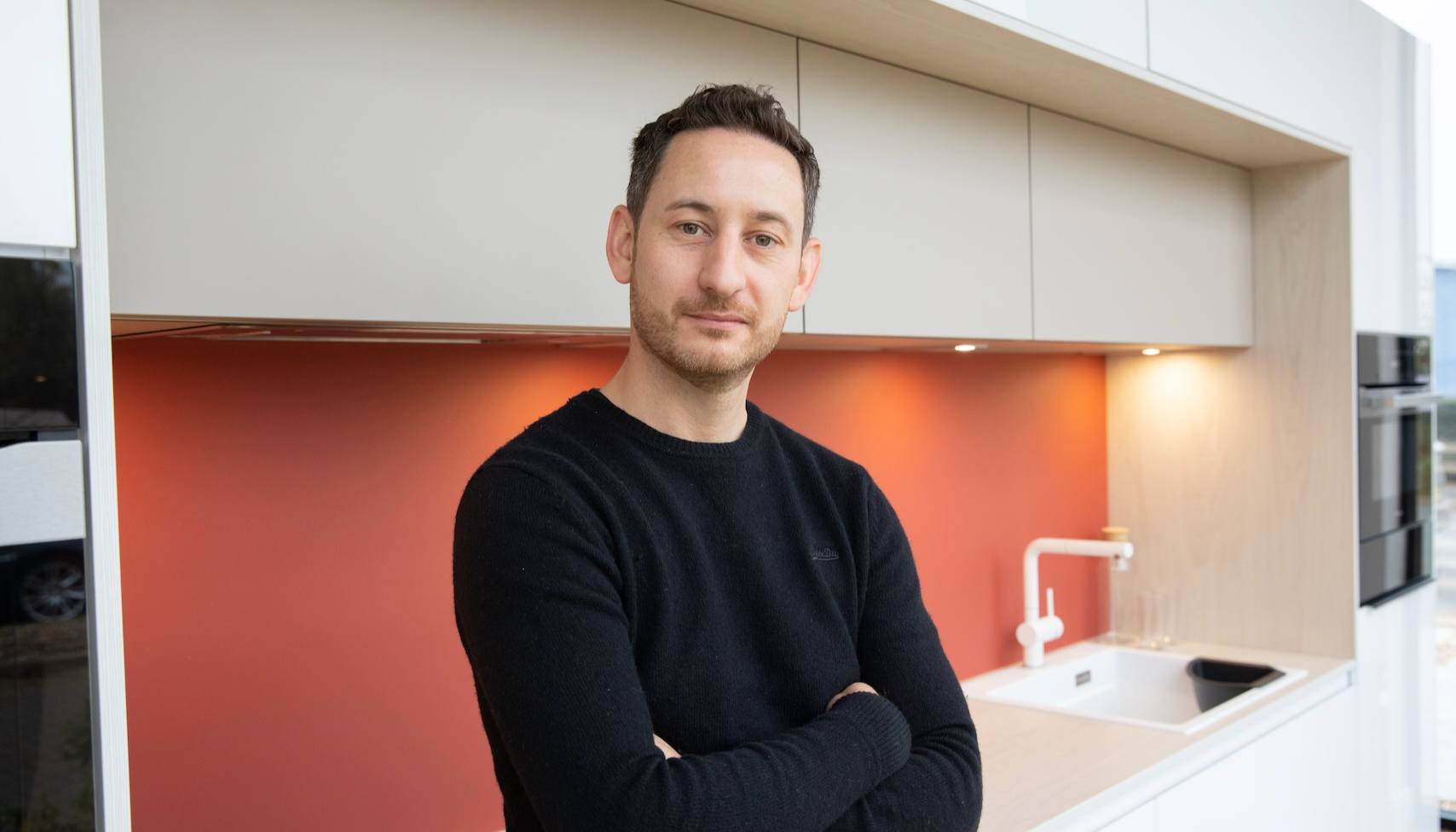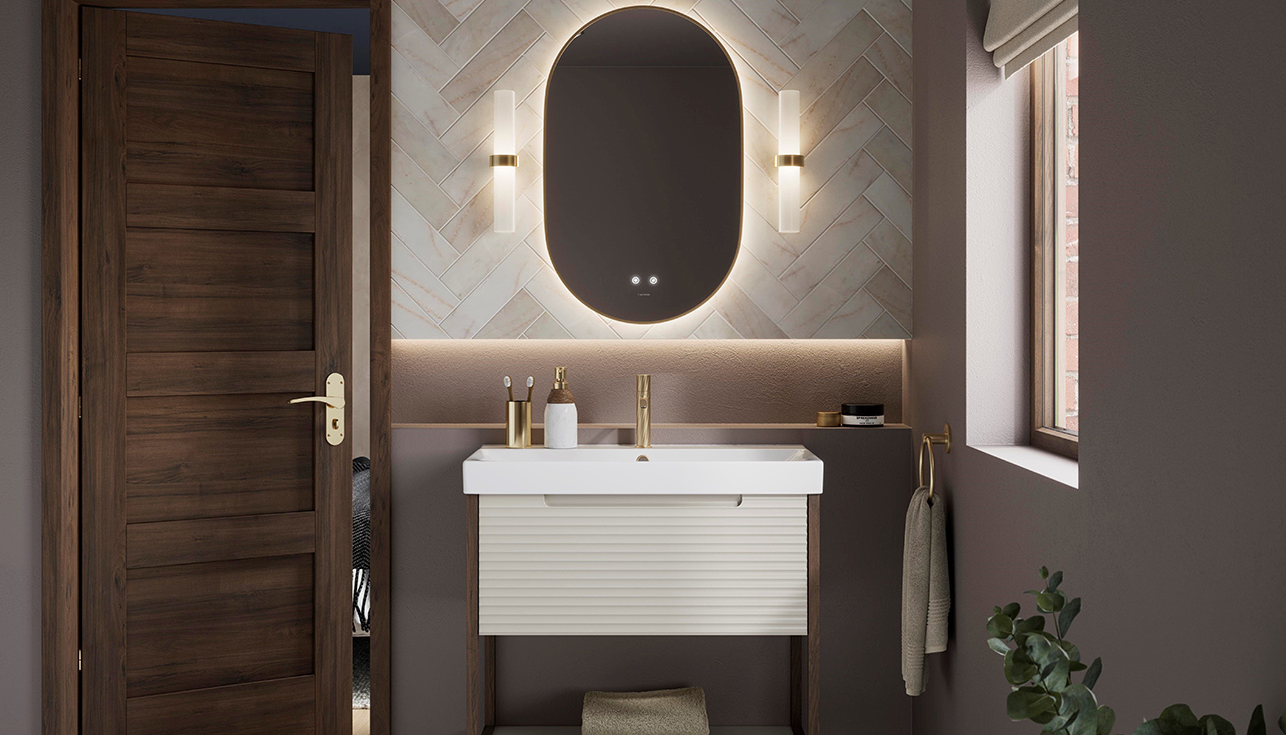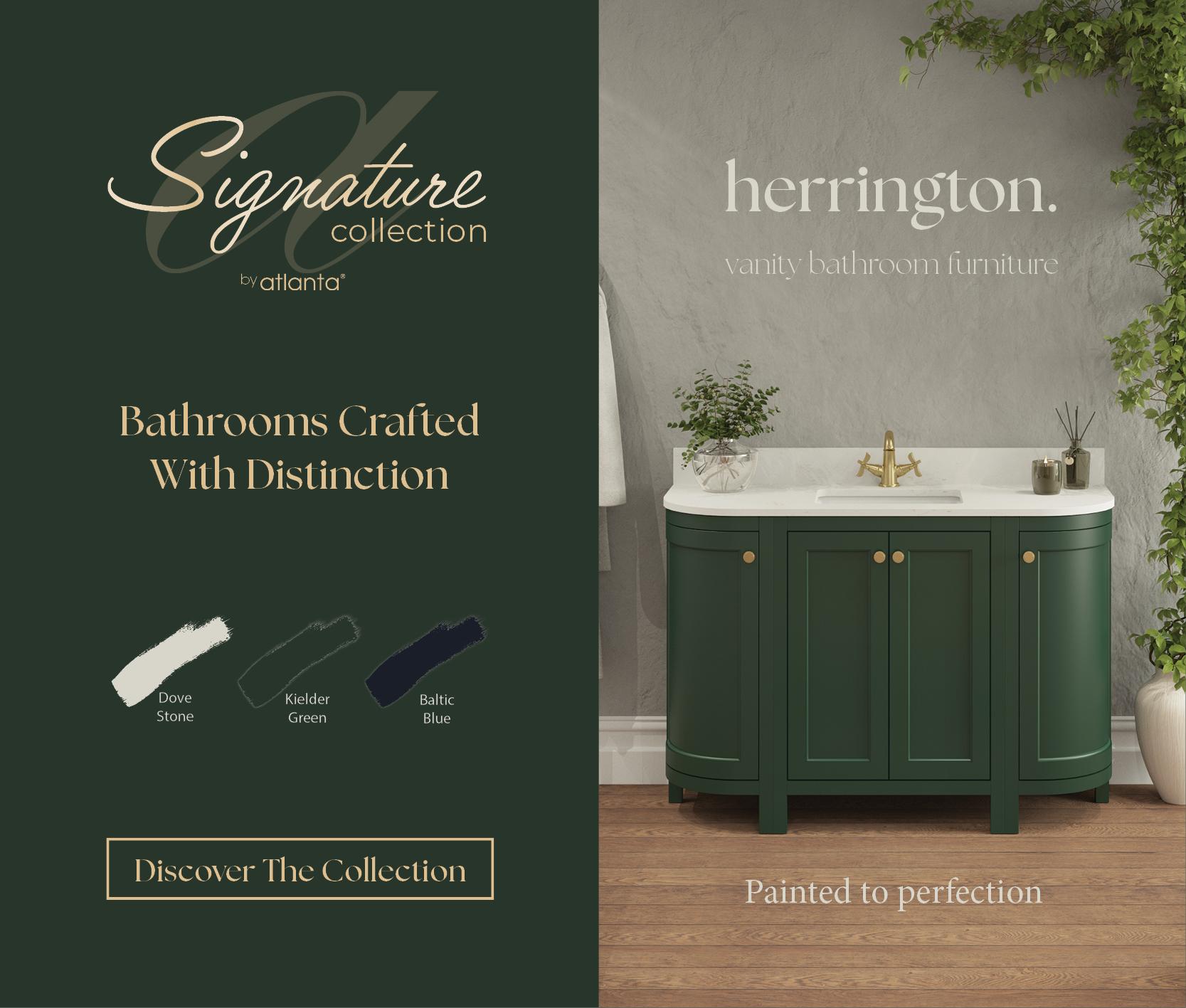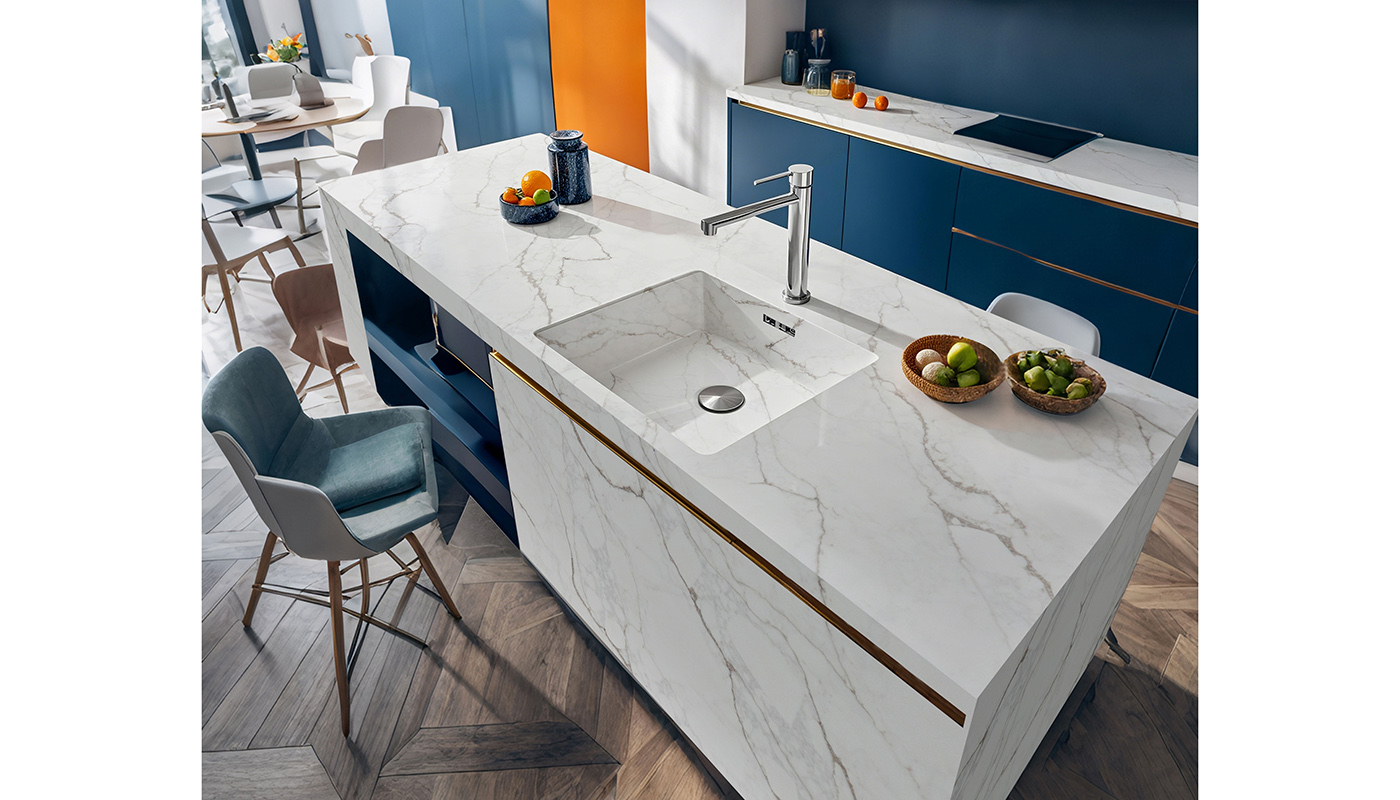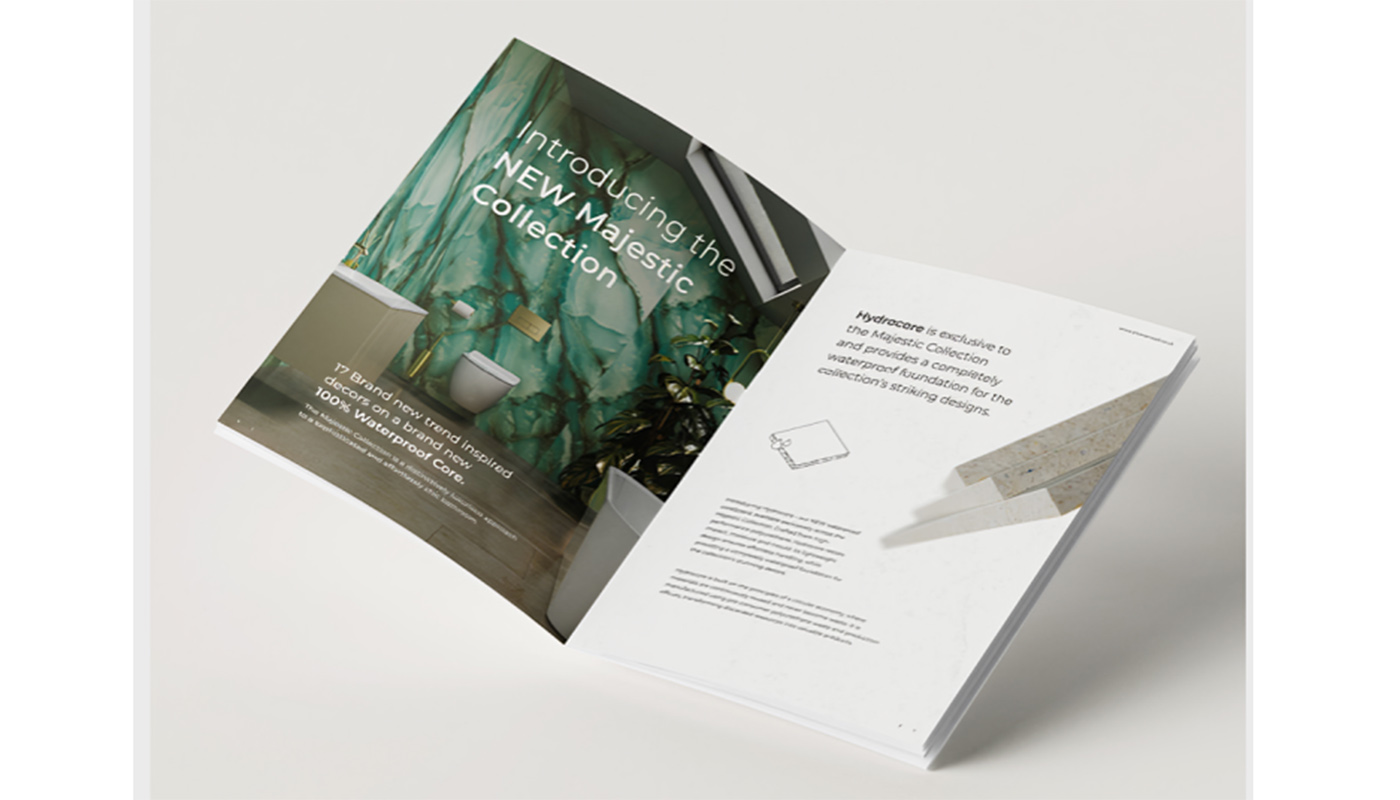Expert view: Could embracing online retail be a 2020/21 silver lining?
Fri 14th May 2021 by Katrina Bell

Expert view: Could embracing online retail be a 2020/21 silver lining?
Capturing the adaptiveness and willingness of consumers to now do more online can benefit the customer – and your business. Our web expert Katrina Bell explains how you might begin.
Dipping your toe into selling kitchens or bathrooms online might have been unthinkable pre-COVID, but with customers exhibiting a greater confidence in their online behaviours, technology and e-commerce solutions are becoming increasingly within reach for many retailers. A 2021 report from Retail Economics and Natwest found that, since the pandemic began, nearly half (46%) of UK consumers have purchased a product online that they had previously only ever purchased in store.
How you start your journey into agile working, and consumers into their own form of agile buying, is key to finding the silver lining in the big grey cloud of COVID. As we return to our old markets with vigour, retailers can be perfectly positioned to capture the unforeseen benefits of the behaviour changes.
Specialist expertise is key, says Adam King, who is the 'solution architect' and co-founder at e-commerce agency Media Lounge. “There is little-to-no chance of doing this well without a specialist partner. The actual e-commerce tech involved has not made its way sufficiently into the usability platforms that we are now quite familiar with, such as the drag and drop editors.”
Adam is unequivocal that the average web design company is unlikely to be equipped to do the necessary work: “They would be terrified to do it, and should be. It’s a big undertaking.”
For businesses that sell components or accessories, e-commerce need not be a big leap into the unknown as long as they have the right tools: “It will often fall to how much of a team they have behind them. Media Lounge can create the architecture and the structure on the platform, which is like buying the house, but you still have to move in.”
“When we work with smaller businesses it will take longer because their resources are limited. There are lots of self-starter platforms like Shopify, where they can have a site up and running within three to four weeks. Or there are bigger, more bespoke project websites, which could take up to six months,” Adam advises.
If your differentiator has always been a personalised approach, the now widespread familiarity surrounding Zoom and similar videoconferencing means that this could be the perfect time for your sales process to transition into an online experience.
“I would look at making the process more consultative – like a starting block – a hybrid of an e-commerce system that can be automated over time,” suggests Adam.
“Kitchens and bathrooms are a tactile product in essence. That halfway house would be a great stepping stone for the smaller operators, with some off-the-shelf technology.”
For instance, the ‘kicking the tyres’ element could be offset by a smooth sample ordering and returning process.
Automated actions, such as approving designs and ordering are nothing new to customers or retailers, however now would be the time to introduce a more streamlined journey. A more mature customer update system, where they can log in at any time to see where the design, manufacture, delivery and installation milestones stand at critical junctures, could be the key buying decision for many consumers.
Scheduled face-to-face online meetings to talk through any snags on this schedule will allow your highly tuned interpersonal skills to come into play. It’s the upsell that can win out against the purely online click-and-forget style of shopping. Accountability is often perceived to be one of the biggest bugbears of buying online.
Tech will only get better at capturing a customer’s attention and streamlining processes. Companies such as Silicon Valley’s Matterport specialise in providing the technology to capture a virtual reality 3D retail space with just an iPhone or Android device with a scalable plan for when your business expands or changes.
To give Adam King the last word: “If I was a kitchen or bathroom supplier that wasn’t online, I'd get online as quick as I could.”
Tags: insight, features, e-commerce, e-tail, online selling, kitchens, bathrooms






